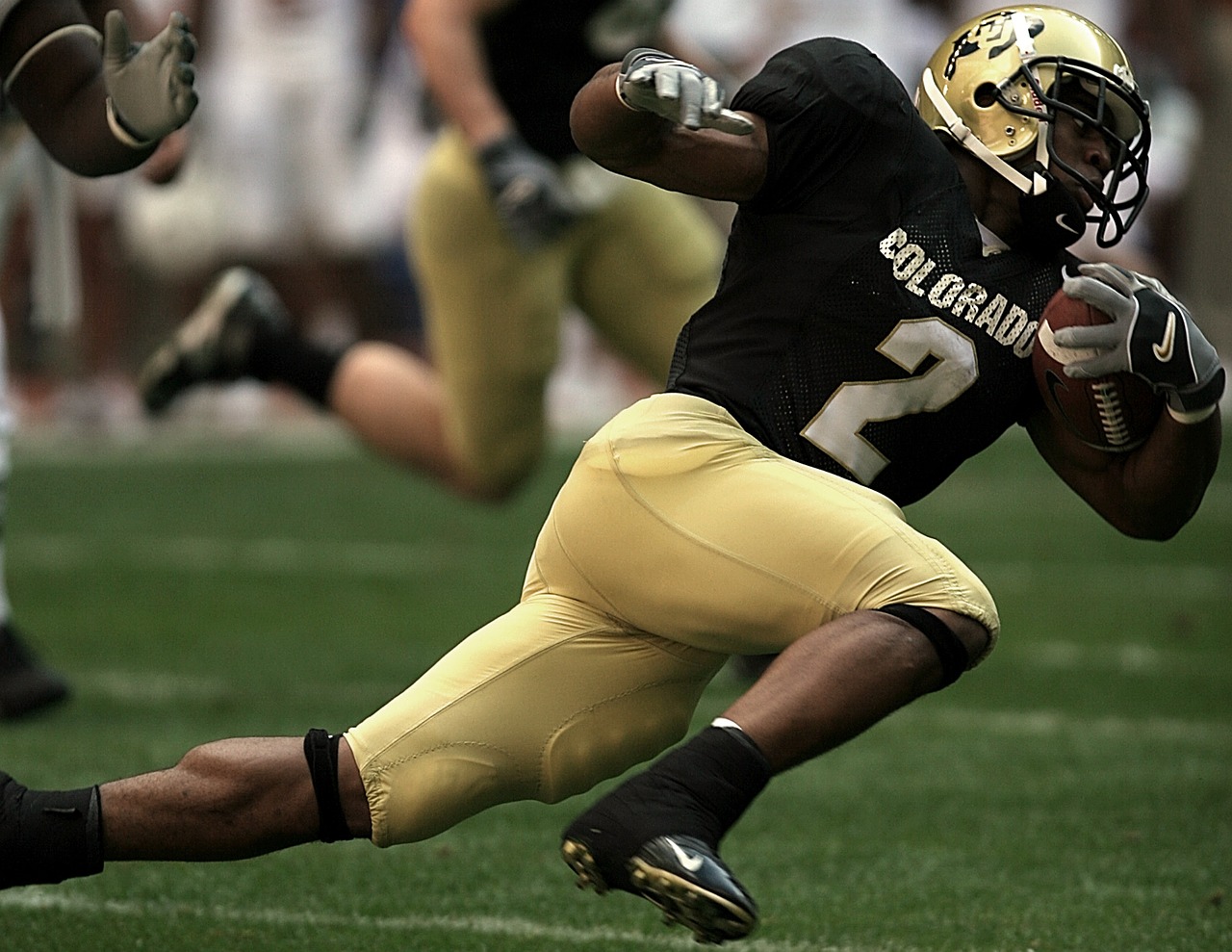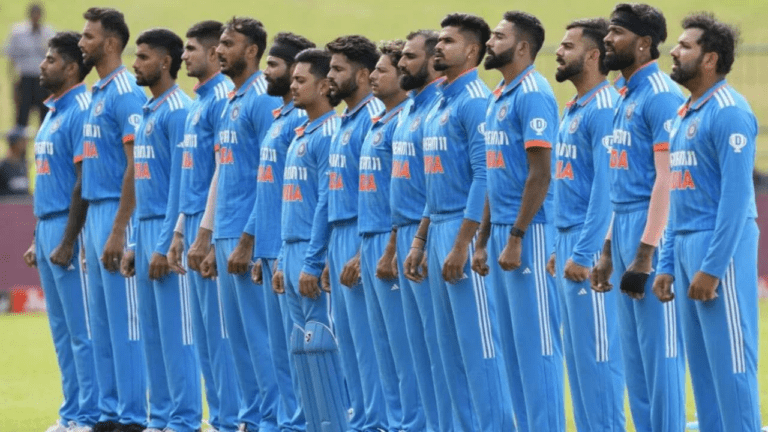Technological Innovations in Umpiring Decisions: Enhancing Fairness in IPL Matches
99Exch, Gold: Umpiring decisions in IPL matches have always been a subject of heated debates and controversies among cricket fans, players, and commentators. The fast-paced nature of the game combined with the close calls that umpires have to make in split seconds often leads to contentious situations that impact the outcome of matches. The pressure on umpires to deliver accurate decisions consistently in high-stakes encounters adds to the complexity of the job, making it a challenging task that requires utmost focus and precision.
Moreover, with the advent of technology and the introduction of tools like DRS (Decision Review System), the scrutiny on umpiring decisions has increased significantly. While technology aims to assist umpires in making the right calls, it also brings its own set of challenges, such as technical glitches, human error in interpretation, and the debate over the extent to which technology should be relied upon in decision-making. As the game continues to evolve, finding the right balance between traditional on-field umpiring and modern technological aids remains a pressing issue that cricket authorities need to address to ensure the integrity and fairness of the sport.
Hawk-Eye Technology: A Game Changer in Cricket Umpiring
Cricket umpiring has been a part of the game since its inception, with human errors being an inevitable aspect of decision-making. The introduction of Hawk-Eye Technology has revolutionized the way umpires make crucial decisions on the field. This innovative technology provides a three-dimensional view of the ball’s trajectory, helping in adjudicating LBW calls, close catches, and line decisions with enhanced precision.
By incorporating Hawk-Eye into the decision-making process, the game has become more transparent and fair, reducing the margin for error significantly. Umpires now have access to real-time insights and data, allowing them to make informed decisions swiftly. This shift towards technology in cricket umpiring not only benefits the game but also adds a layer of excitement and anticipation for players and fans alike.
UltraEdge Technology: Redefining the LBW Decision Process
Umpiring decisions in cricket, particularly related to LBW (Leg Before Wicket) calls, have long been a point of contention and debate among players, spectators, and commentators alike. The introduction of UltraEdge technology has significantly transformed the decision-making process, providing a more accurate assessment of whether the ball has made contact with the bat before hitting the pads.
By utilizing UltraEdge technology, umpires now have access to real-time data and visual representations of the ball’s trajectory in relation to the bat, enabling them to make more informed decisions regarding LBW appeals. This technology has not only increased the precision of LBW calls but has also reduced the margin of error, thereby enhancing the overall integrity and fairness of the game.







